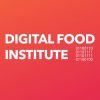Fraudulent honey is a serious problem

Several studies show that honey counterfeiting is a very common problem.
Food safety risks in the Edible Insect Industry in Europe—New Challenges and Old Problems
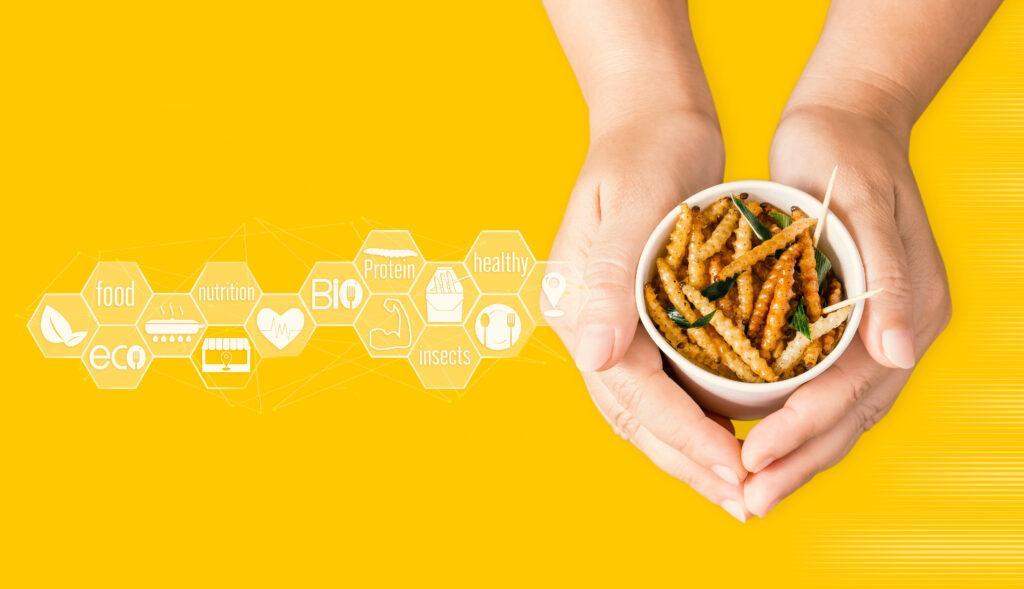
Egy nemrég megjelent áttekintő tanulmány a rovarok szerepét tárgyalja az európai agrárökoszisztémákban, kiemelve a rovarok hozzájárulását a fenntartható mezőgazdasághoz, a “farmtól az asztalig” (F2F) stratégiához és az európai Green Deal megállapodás teljesítéséhez.
Occurrence and potential risks of nanoparticles in food
A French analysis looked at the nanoparticle content of commercially available everyday products. Another study investigates the effects of nanoparticles in the development of food allergies.
Maternal Aflatoxin B1 Exposure: Effects on Foetal Neural Stem Cells
To study the impact of maternal exposure to aflatoxin B1 on the developing neurons and central nervous system of the foetus, researchers developed an in vitro model consisting of various human cell lines.
Methods to reduce the methane emission of dairy cattle
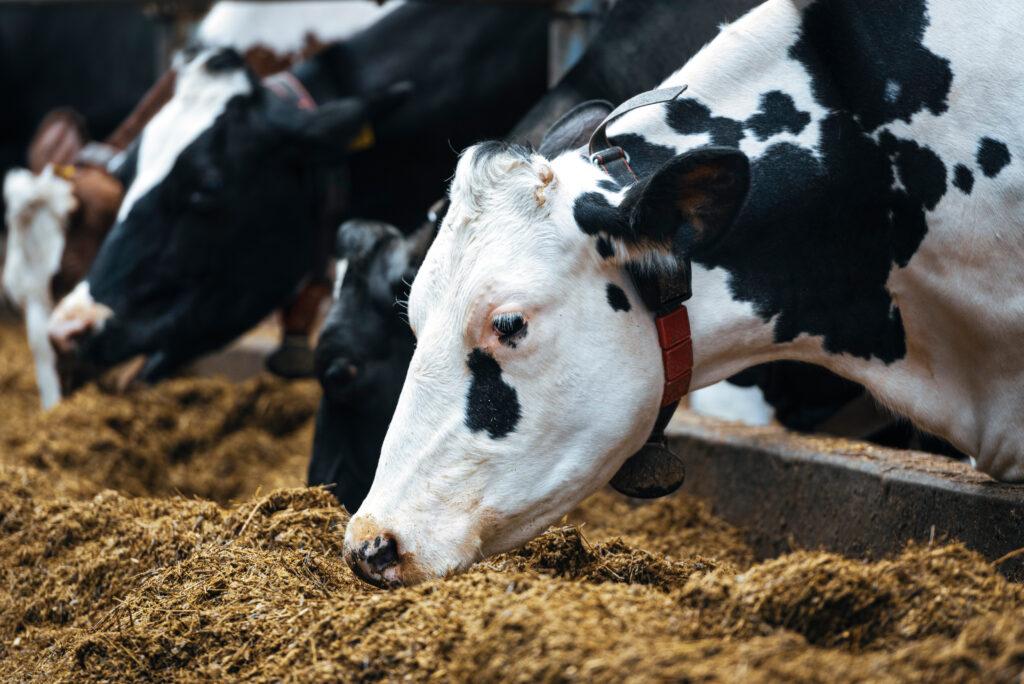
Researchers and scientists are actively exploring various strategies to reduce methane emissions from dairy cattle, as methane is a potent greenhouse gas that contributes to climate change. Here are some of the methods and approaches they are investigating.
Studies on the safety of ZnO nanomaterials
Over the past few years, as research has progressed further, there has been a growing interest in the study of metal zinc oxide (ZnO) nanomaterials within the field of biology, specifically in biomedicine and food safety.
Bisphenol A
The European Food Safety Authority (EFSA) regularly reviews the safety of chemicals like BPA that can migrate into food and drinks from their containers.
Food contact materials
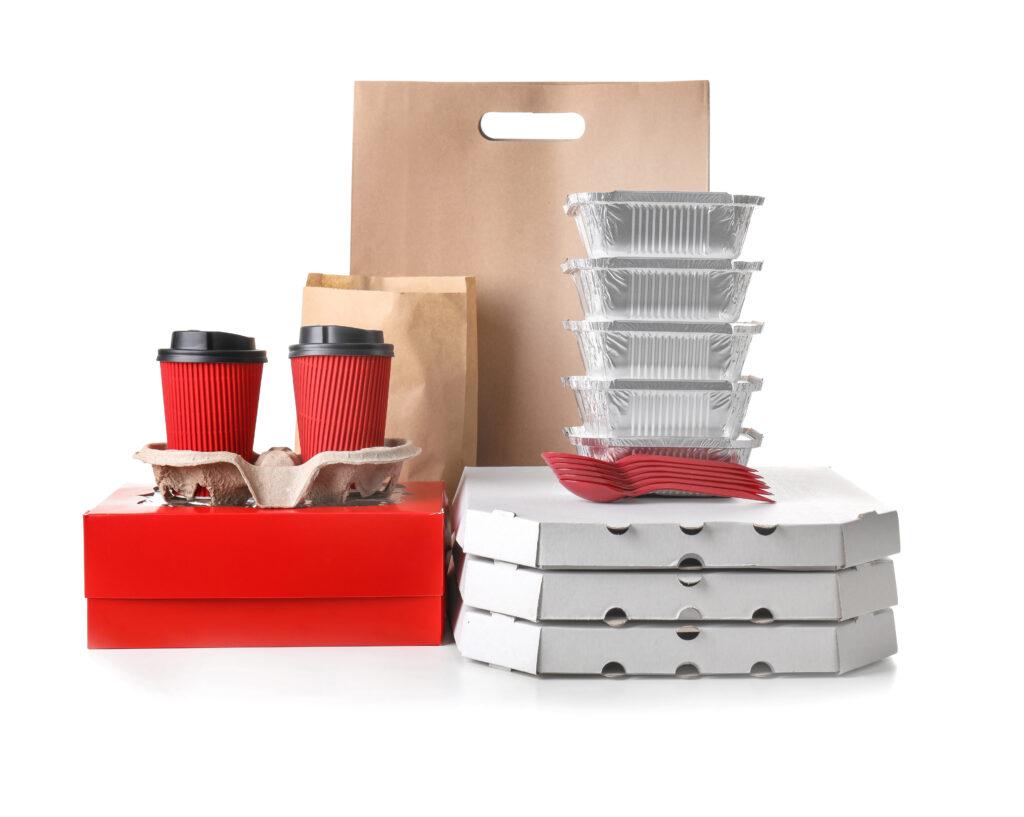
In the process of identifying emerging risks, we are constantly confronted with news stories that deal with food contact materials and their potential risks. Below is a summary of these news items.
Sustainable packaging in the food chain

Recently, there have been a number of news items related to sustainable packaging. Here we shortly present some of them.
EFSA has reduced the upper safe limit of vitamin B6 and selenium
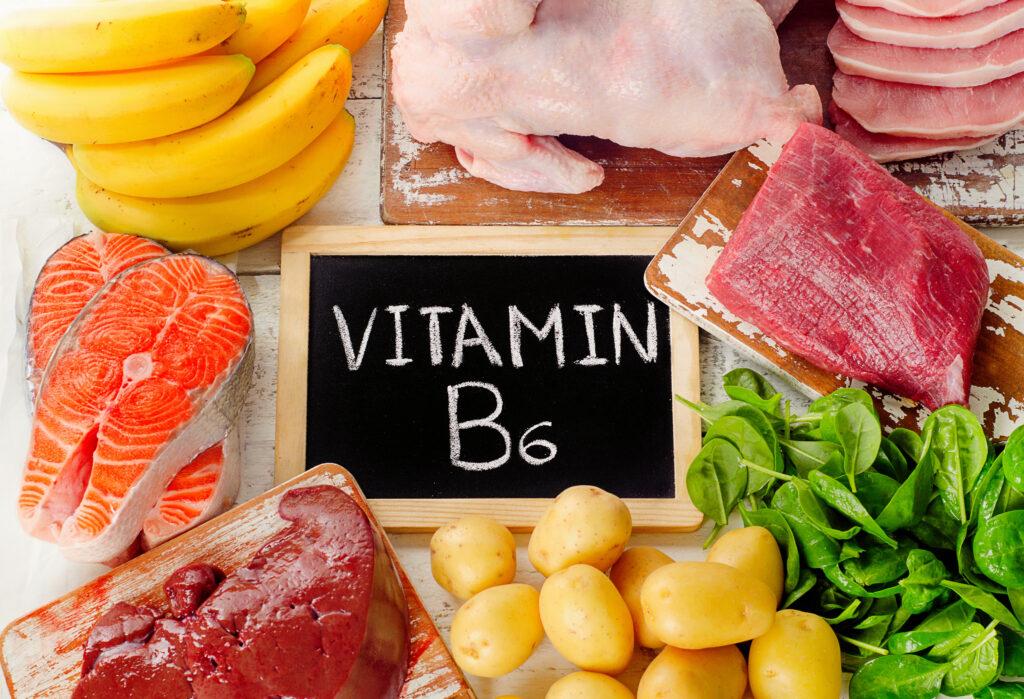
EFSA reduced the upper intake limit value (UL) of vitamin B6 from 25 mg to 12 mg per day and the UL for selenium from 300 µg to 255 µg per day. The finalization of the draft evaluation for vitamin B6, in relation to which a public consultation has already been concluded, is expected in the coming months.
